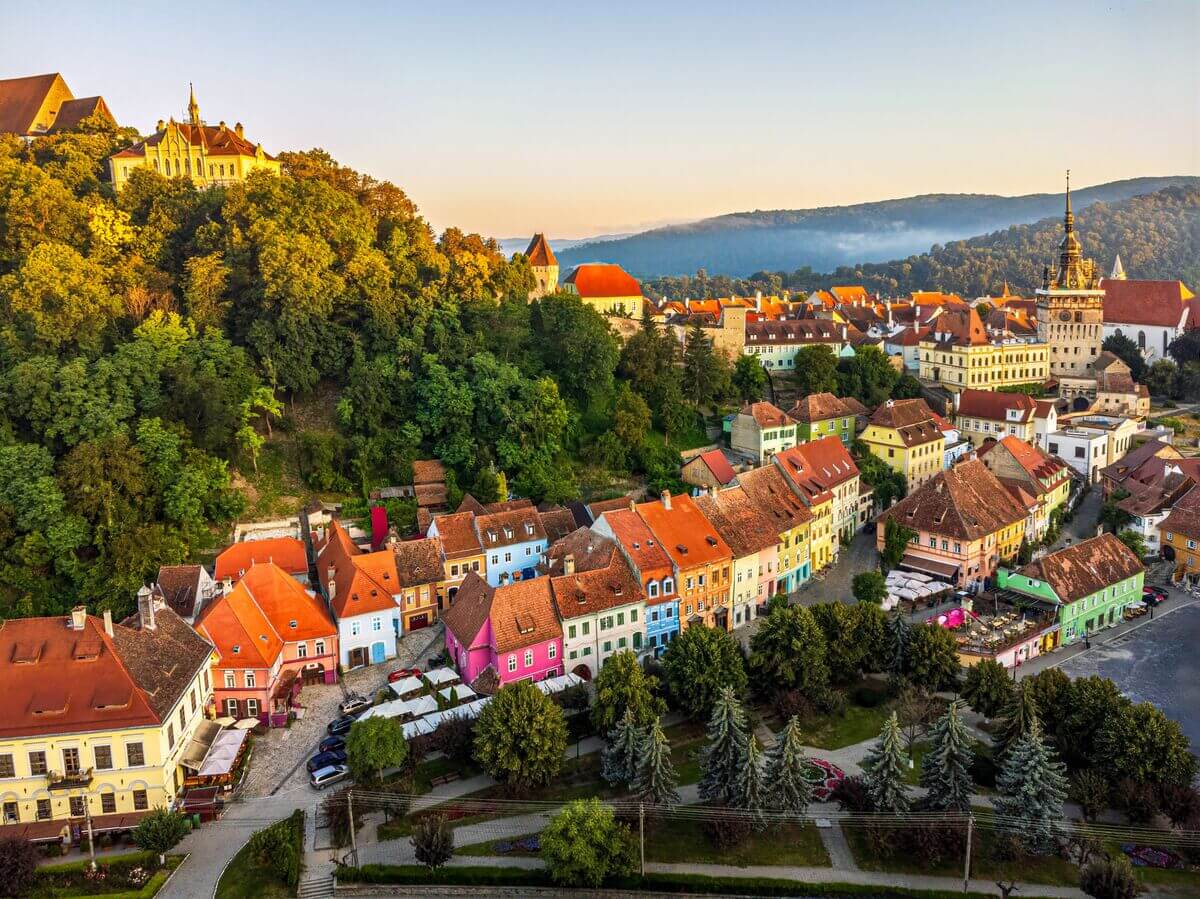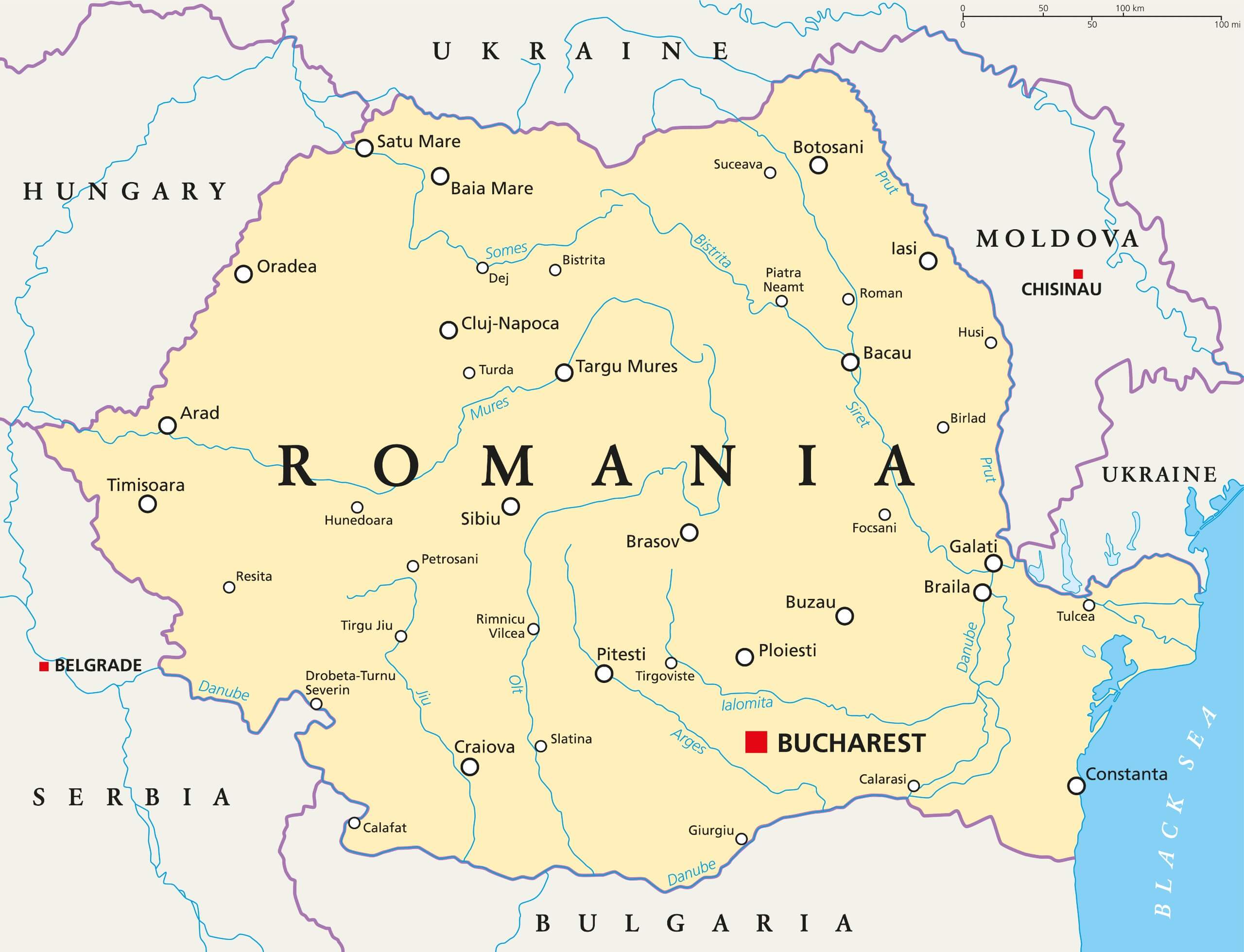ROMANIA
Applications for the Romania Program Year 2026 are open!
We’re thrilled to announce the return of our Romania program!
Program Dates for Summer 2026 Are June 16th—August 3rd!
ORIENTATION & CLOSING
BUDAPEST, HUNGARY
MIDPOINT
ORADEA, ROMANIA
QUICK FACTS
- Location: Volunteers will teach in one of the four to five counties LE has worked with in the past, primarily in the Transylvania region of Romania.
- Language Requirement: None
- Setting: Primarily rural
- Duration: 7 weeks
- Volunteers: 8
- Living Conditions: Modern



PROGRAM STRUCTURE
The program structure of Romania is a little different from the other programs, though it still follows the traditional pattern.
Volunteers will arrive four days before teaching begins for orientation in Budapest. This is a great opportunity for you to get to know the other volunteers, the program director, get acclimated to the new environment, and be introduced to Eastern European culture. During this time, topics discussed during the months leading up to programming will be reviewed to ensure that all volunteers will succeed in the classroom. There will also be time to explore one of the most beautiful cities in the world. The Chain Bridge, Danube River, Margitsziget, ruin bars, castles and thermal baths are just some of the many sites one can experience in Budapest! On the Saturday following orientation, volunteers will travel to their first host family.
Once volunteers meet their host families, they will review their school schedules and the process of getting to school. They will not have many expenses during their stay in their host community (other than buying souvenirs for loved ones back home and gifts for students and host families) since the host family provides transportation, food, and housing. Once the first teaching session has concluded after three weeks, volunteers will gather again in Oradea, Romania, a charming city known for its colorful Art Nouveau architecture, lively cafés, and relaxing thermal baths. Here, volunteers can discuss and reflect on their experiences during their first 3 weeks of teaching, while preparing for their next 3 weeks and enjoying this beautiful city.
After their second placement, volunteers will travel back to Budapest, Hungary for a Closing Ceremony. Here, volunteers will be able to spend some more time with their peers, experience anything in Budapest they may have missed, and relax before continuing on their journey home.
THE IDEAL VOLUNTEER
- Hardworking: Be ready to invest time outside of class preparing lessons, developing materials, and adjusting your curriculum throughout the program.
- Creative: Volunteers will teach during the summer, when students may not want to sit at their desks for long periods. Be prepared to get students up and moving, and to find creative, interactive ways to teach English and keep them engaged.
- Independent: Volunteers will likely be the only ones in their village and will spend an extended period in a foreign country.
- Flexible and Resourceful: Teaching and living abroad can create unexpected situations and challenges that one must handle with maturity.
- Open-Minded and Adaptive: People, cultures, traditions, and living conditions may differ significantly from those in the Western world. It’s essential to approach each experience with curiosity, flexibility, and a genuine desire to connect with others and embrace a new way of life.
HOST COMMUNITY
Eastern European host families are extremely warm, welcoming, hospitable, accommodating, and will be eager to show you their local sites, scenery, and surroundings. Families typically have children, and at least one English-speaking member. You will likely spend much of your free time attending various family-oriented events and gatherings, and can also walk through the region’s iconic sunflower fields, go hiking with your host siblings, visit the ocea (pool), play soccer, go out for ice cream, experience a village festival with traditional Hungarian dancing, and spend many long nights having laughter-filled conversation!
You will likely be placed in a small village, although some volunteers are placed in larger urban settings. Everything will be within walking distance (including the schools), although some families may provide bicycles for added convenience. However, if placed in an urban setting, transportation to schools may take a bit longer (up to one hour maximum), and involve using the city’s transit system. While you may not be far from your fellow volunteers and transportation between all villages is easily accessible, you’ll probably be too preoccupied with the activities in your own village and host family to visit one another.



Houses contain moderate amenities, such as running water, plumbing, electricity, and accessible internet. Families also usually have televisions, cellphones, and cars, but likely will not have air-conditioning. Due to its continental climate, Romanian summers do get quite hot and humid, but most houses are built to accommodate this.
TEACHING



Volunteers' teaching assignment locations range from schools to community centers to religious camps. While many places provide teaching supplies such as paper, pencils, and potentially even projectors, it is highly recommended that volunteers bring supplies with them based on what their lesson plans require. Items like beach balls, stickers, and American candy have been especially useful in the past! Student ages usually range from 5 to 18 years old, but volunteers in the past have taught classes of adults looking to learn or improve their English.
The range of English spoken by students varies from none to fluent, so expect to teach more than one class based on language proficiency, although it is entirely up to the teacher’s discretion on how to divide the students. Volunteers will teach at least 2 hours daily, 5 days a week. But this can range from 8 hours daily, depending on where the volunteer teaches!
Often, teachers themselves have difficulties teaching grammar, so focusing more on conversational English is beneficial, especially since it is a skill that cannot be learned in a textbook. Volunteers should not forget that students are on summer break; having fun with lesson plans and going beyond the classroom makes learning more fun for both the students and the volunteers!
SOME AWESOME THINGS ABOUT ROMANIA!
- The Romanian language is 1,700 years old.
- The Parliament Palace in Bucharest is the second-largest building in the world, behind only the Pentagon.
- The archetypal vampire Count Dracula, created by Bram Stoker, was inspired by the Romanian prince Vlad Tepes, also known as Vlad the Impaler because he was fond of impaling his enemies and setting them along the roads.
- The Transfăgărășan Highway, winding through the Carpathian Mountains, is often called one of the most stunning roads in the world.
- Romania is home to Europe's largest salt mines.

MEET YOUR PROGRAM DIRECTOR,
ALLI OZBOZ

Alli spent the summer of 2025 teaching in Sveti Filip i Jakov, Croatia, where she built lasting memories and connections. This year, she’s thrilled to be bringing the program back to Romania and to guide new volunteers as they begin their own journeys abroad!
Interested applicants can contact Alli at romania@learningenterprises.org.
Follow our Romania Instagram account for the latest updates, and explore our past experiences to see what your time with us could look like!
